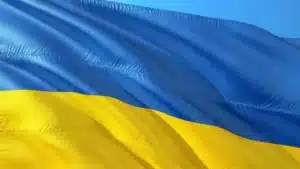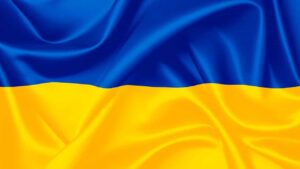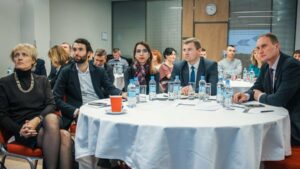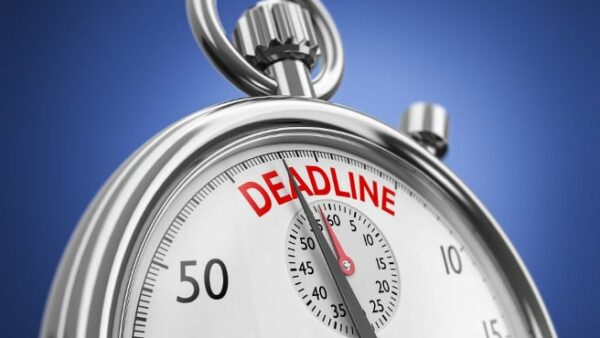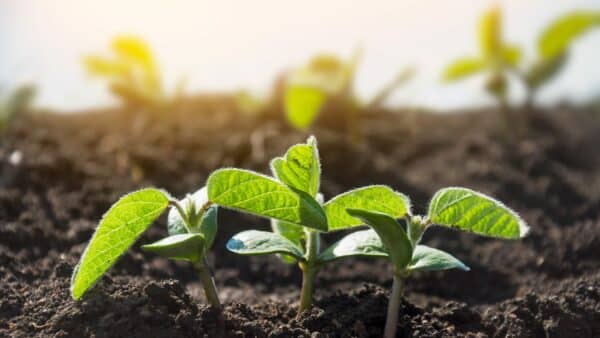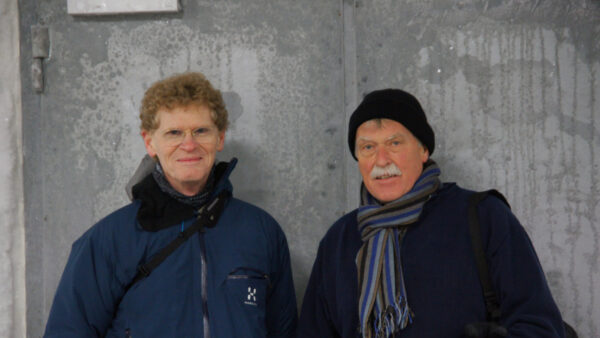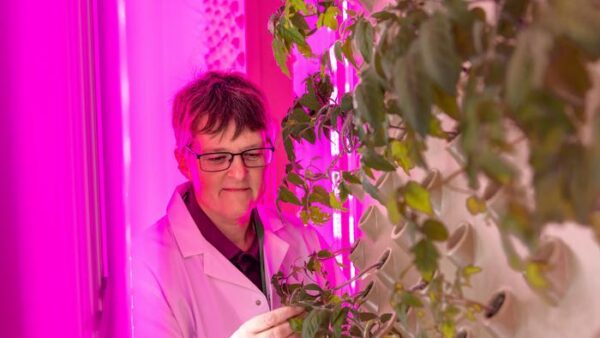The Seed Association of Ukraine gives an update to planting.
There’s questions abound when it comes to the status of planting — and the agriculture sector as a whole — in Ukraine.
But, as Ukrainians adapt to their unfortunate new normal, they’re doing everything within their power to ensure seeds are going in the ground.
“All around us, there is the war,” the Executive Director of the Seed Association of Ukraine, Siuzana Grygorenko, says. “Every day, our team starts our work by reading the news. Some days it is difficult to work and make any decision after the reports we hear. In the agricultural sphere, the situation is also not good.”
They’ve seen numerous deaths of friends and growers in the area, Grygorenko says, adding to the uncertainty around them. As fighting continues, another increasing issue appearing is destruction and stolen.
“Ukrainian farmers are getting killed by Russian soldiers, agricultural machineries are being stolen, our storage with the grain is destroyed, and Ukraine (and our fields) has been named the most mined country in the world,” Grygorenko explains. “That is the situation around us.”

One concern weighing heavy on global traders, farmers and consumer minds is whether Ukrainian farmers to get seed in the ground in time for planting. The Food and Agriculture Organization of the United Nations (FAO) has key concerns about agriculture production Ukraine currently, including:
- Disruption of winter harvest and spring planting
- Agricultural labor availability impacted by displacement
- Access to and availability of agricultural inputs, particularly fuel
- Disruption of logistics and food supply chains
- Abandonment of and reduced access to agricultural land
- Damage to crops due to military activity
- Destruction of food system assets and infrastructure
Fortunately, Grygorenko says there’s been a bigger push to get seed distributed and planted.
“Ukrainian farmers are the true heroes — they’ve started and are continuing a sowing campaign despite everything,” she says. “All of us understand — this is not only about food security in Ukraine, it’s for the whole world.”
Before the sowing campaign started, the Ukrainian government polled farmers about their needs for working in the field. Luckily, from the results, the situation wasn’t dire.
Farmers in Ukraine need seeds for 897 thousand hectares of land, and fertilizers for 802 thousand hectares, according to Grygorenko. The biggest need, she says, is fuel and pesticides. Without access to these tools, Ukrainian farmers could face a loss of 30% of their harvest.
“We need seeds of different types: vegetables, soybean, corn (20% of all corn seeds are imported), and sunflowers (these seeds are imported 50%),” she says. “But our government made several practical steps for supporting farmers.”
In March, the Ukrainian government simplified some procedures for seeds certification abroad. As a result, imported seeds move quickly from foreign producers to Ukrainian farmers.
In addition, responses from the EU, such as the program recently announced allowing Ukrainian farmers to plant crops on conservation acreage, is helping increase the planting acres as well. That fallow land is expected to open up four million hectares for crops in 2022, though, it doesn’t alleviate the logistics issues.
In many cases, seed and pesticide transportation has been delayed in many regions.
“Farmers paid for seeds and pesticides in several regions (Zaporizhia region, Cherkasy region, Poltava region),” Grygorenko says. “However, their partners could not deliver seeds for them.
“Some of our routes were destroyed, mined — just dangerous because we have military actions in five of our regions. There’s a similar situation with storage,” she says.
But, Ukrainian farmers continue the push to ensure the food system will be kept intact.
Grygorenko wants everyone to know that as the situation continues, the real heroes she sees right now are the growers in Ukraine.
“Our farmers and volunteers are heroic people,” she says. “Some farmers, especially in southern regions, continue working and helping civilians with food, fuel, bread and even seeds. War shows us and the world that nothing is impossible.”
But above all, Grygorenko wants people to know about their current reality. “This is a horrible war,” she says. “Russians destroy our infrastructure and our agricultural sphere — they only want destruction. They cannot fight with soldiers, so instead they fight with children, women and the elderly. But we believe in the armed forces of Ukraine. Slava Ukraini!”
Read more about Ukraine at:
The Seed Business in Ukraine Goes on Despite Invasion
Market Update: WASDE Predicts Ukraine Exports Dive, Overall Grains Decrease Globally
For Limagrain’s Tatiana Henry, the Invasion of Ukraine Literally Hits Home
Russian Invasion Could Cut Ukraine Planted Acres in Half
Reuters: Ukraine Grain Trade Threatened by Conflict
FAO: Note on the Impact of the War on Food Security in Ukraine



